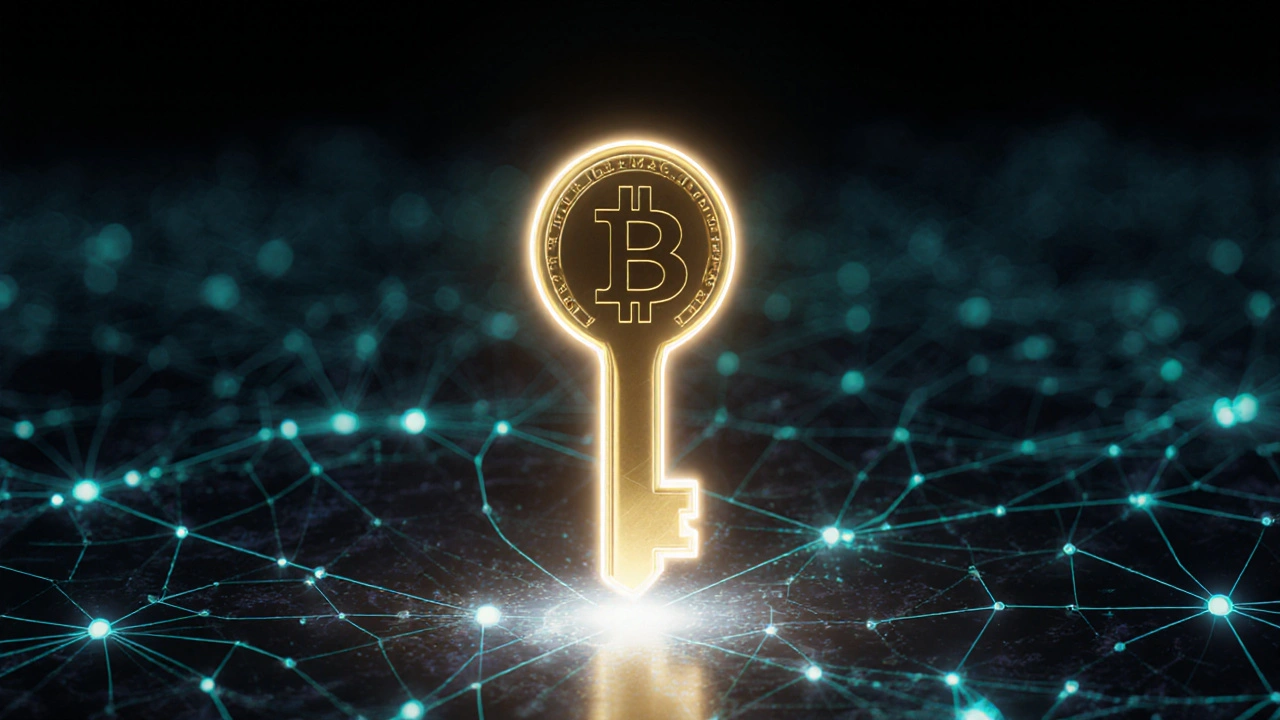Crypto Governance: How Decentralized Decision‑Making Shapes the Future
When you hear crypto governance, the system that lets blockchain participants vote on protocol changes, allocate funds, and set rules. Also called decentralized governance, it replaces traditional boardrooms with transparent code and community consensus. A core piece of this puzzle is the DAO, a Decentralized Autonomous Organization that runs on smart contracts and token‑based voting, which lives on the blockchain, the immutable ledger that records every vote and transaction. Together they create a new kind of corporate structure where anyone with a token can have a say.
Key Elements of Crypto Governance
First, token voting is the most common method. Holders lock up their coins, cast votes on proposals, and see outcomes recorded on‑chain. This attribute makes governance transparent and auditable. Second, smart contracts enforce the rules automatically, so there’s no need for a middleman to execute decisions. Third, community forums and off‑chain signaling platforms help shape proposals before they hit the blockchain, adding a social layer to the process. These three attributes—voting, automation, and discourse—form the backbone of most DAO‑driven projects.
Bitcoin offers a contrasting but relevant example. Its block reward, the newly minted BTC given to miners for securing the network is not just an incentive; it’s a governance lever. When the reward halves every four years, miners’ revenue drops, which in turn influences their stance on protocol upgrades. This semantic triple—Bitcoin block reward influences miner incentives, miner incentives affect governance decisions—shows how monetary policy can be a governance tool even without a formal DAO.
Despite the elegance of on‑chain voting, real‑world challenges pop up. Voter apathy is a big one: many token holders simply don’t participate, leaving power in the hands of a few whales. Security is another risk; a buggy smart contract can lock funds or enable malicious proposal execution. Finally, governance forks—splits in the community over a contentious change—can create competing chains, as we saw with Ethereum’s “The DAO” incident.
To mitigate these issues, projects use a mix of governance tokens, delegation, and reputation scores. Delegation lets a small number of trusted delegates cast votes on behalf of many, improving turnout while preserving decentralization. Reputation systems reward long‑term contributors, reducing the sway of short‑term speculators. Meanwhile, on‑chain voting platforms like Snapshot provide gas‑free voting, encouraging broader participation.
Look at real‑world cases: Uniswap’s UNI token lets users vote on fee structures, while MakerDAO’s MKR holders manage the stability of the DAI stablecoin by tweaking risk parameters. Both illustrate how crypto governance can manage complex financial systems without a central authority. They also demonstrate that governance isn’t a one‑size‑fits‑all model; each project tailors its rules to its purpose.
All this might sound like a lot, but the core idea stays simple: crypto governance replaces secret board meetings with open, code‑driven processes that anyone can join. Below you’ll find a curated set of articles that break down each piece—from beginner‑friendly DAO guides to deep dives on Bitcoin’s block reward—so you can see how these concepts work in practice and start applying them yourself.

Governance Tokens in DeFi Explained: Definition, Uses & Risks
- by Zephyr Blackwood
- on 18 Sep 2025
Learn what governance tokens are, how they power DeFi protocols, real‑world examples, risks, and a checklist to evaluate them.
